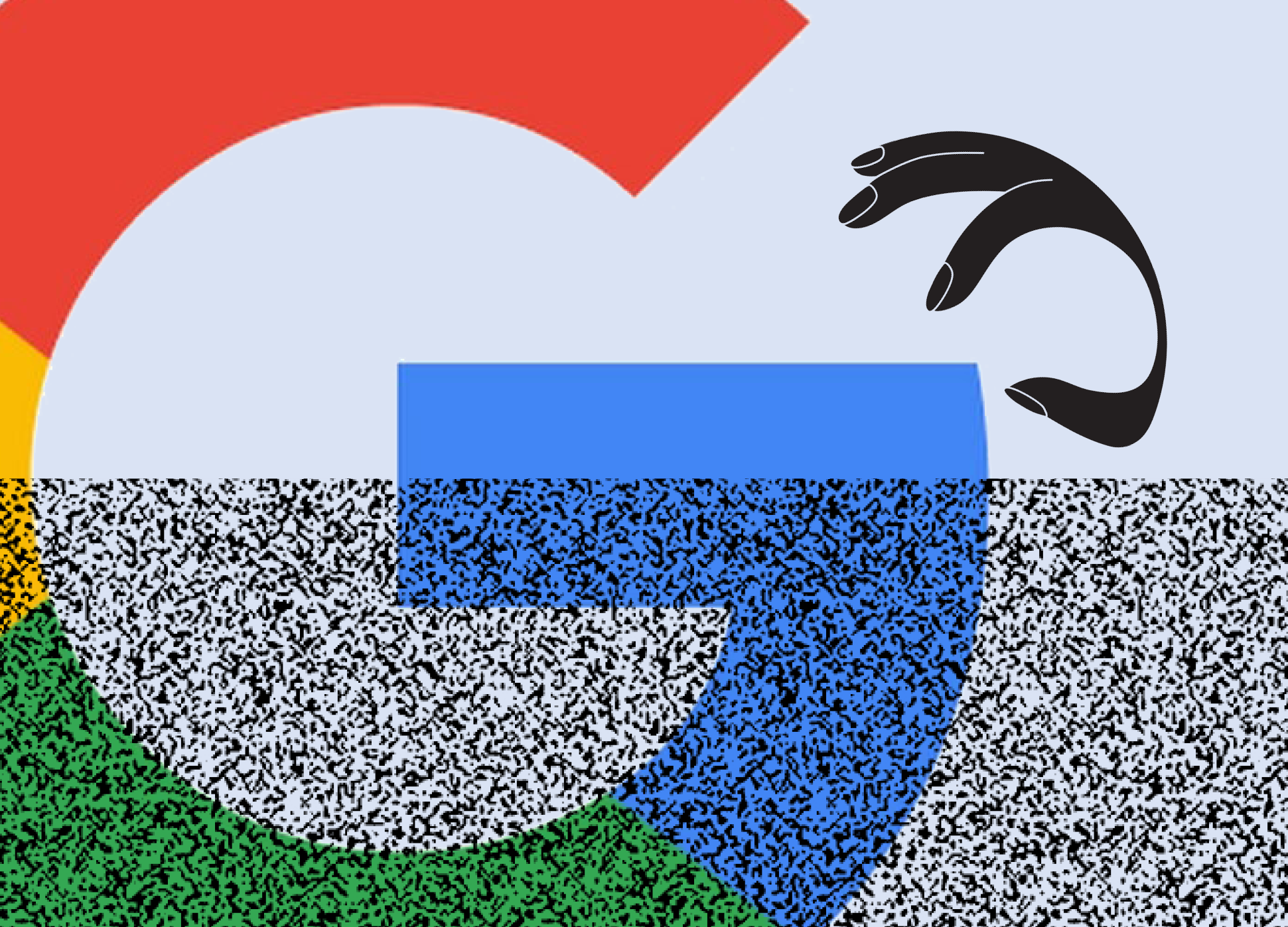Google loses landmark anti-trust lawsuit
Will creatives benefit from the emergence of new and innovative search engines?
My first encounter with Google was in university when a professor introduced it as “this cool new thing that is handy for looking things up on the world wide web.” He described the company as a plucky startup, that is “probably going to do big things in the future.” While I diligently searched card catalogues and microfiche, the lure of quick and prioritized Google search results became stronger and more pervasive for me—quickly becoming my inquiry of choice when looking for fast facts and news articles. Turns out I wasn’t alone. Today, Google integrates AI for personalized search results and targeted advertising, making it by far the dominant means by which people retrieve information online. Google’s control of the market cannot be understated:
Google processes 8.5 billion searches per day, that’s 99,000 every second
Google holds more than 92% of the global search engine market
Google Trends is used extensively by analysts in business, politics, and entertainment to better understand global interests based on popularity and timing of search queries
Google held this top spot for over 20 years but that ranking may be finally ending because on Monday the company lost a seismic anti-trust lawsuit in U.S. Federal Court. Judge Amit Mehta ruled that Google has been operating as an illegal monopoly, dominating the market by paying billions for exclusive contracts, becoming the de-facto search engine on browsers like Apple’s Safari, effectively blocking access to other search engine options:
“After having carefully considered and weighed the witness testimony and evidence, the court reaches the following conclusion: Google is a monopolist, and it has acted as one to maintain its monopoly,”
This ruling could be a game-changer for the creative industry where competition and innovation has been historically stifled by Google’s search stronghold and opaque, seemingly fickle algorithm. I have seen many a digital marketer mystified by the “Google algo” and its sporadic and elusive changes to search rankings and page views, for which breaking this monopoly could be a welcome change.
Google’s dominance has long meant high ad prices and limited visibility for independent creators. The ruling could foster fairer competition, lowering ad costs and offering more diverse platforms for content discovery. This shift is crucial for those who rely on digital ads and search algorithms to reach their audience.
The Google ruling could be a sign that lawmakers and regulators are finally catching up to the tech industry’s runaway expansion. The U.S. Department of Justice (DOJ) is actively pursuing several anti-trust lawsuits against other tech giants including Apple, Amazon, and Meta for similar monopolistic practices that impede competition. AI companies are not immune—AI and GPU powerhouse NIVIDIA is facing two separate investigations. As the world’s leading AI chip manufacturer controlling up to 95% of the market, NIVIDIA surpassed Microsoft in June as the worlds most valuable company. Both Microsoft and OpenAI are under investigation by the DOJ and the Federal Trade Commission with a focus on their partnership and whether it gives them and unfair advantage in the AI and LLM markets.
My grain of thought
Google’s anti-trust ruling isn’t just about one company. Rather, it could be the start of a trend that dissolves tech giant monopolies and equalizes the playing field for search software developers, advertisers, and users alike. This could be a step towards a more competitive digital ecosystem, where small business owners and artists enjoy placement at the top of Page One, and AI-driven search platforms emerge, offering bespoke algorithmic approaches to support diverse results. It could democratize content discovery, allowing independent creators to gain visibility and compete more effectively.
The onus is on creatives to start exploring and using emerging search platforms for search and advertising. The amount and variety of technology will always adhere to market interests, and if users continually lean towards the biggest and most visible app, it will continue to dominate solely for being the biggest and most visible, rather than on merit. The more we explore, the more opportunity there is for competition-driven innovation and creative diversity.


